1990 Chevrolet Corvette CERV III Concept
At the 1986 Detroit Auto Show, the Corvette Indy Concept car was thrust upon an unsuspecting world.
From an engineering perspective, the Corvette Indy was merely a down and dirty show car, yet it represented the tip of a large iceberg of engineering development. The aim was to test the Indy’s various complex subsystems with the intention of validating the technology for future use in some car sometime. The Corvette Indy was not planned to be the next Corvette. GM said it just wanted to showcase some of its high tech programs on an appropriate platform.
That appropriate platform turned into GM’s CERV III-Corporate Experimental Research Vehicle-shown at the 1990 Detroit show. This was effectively the “production” Corvette Indy (1987), as CERV III correctly met or exceeded all required passenger car safety regulations. Though the two previous CERV machines had always heralded one or more innovations intended for production Corvettes, the CERV III didn’t do that, officially. It was a technology demonstrator that happened to be a future think all-wheel-drive Corvette.
The sexy exterior shell was created from carbon fiber, Kevlar, Nomex, and an aluminum honeycomb. It was mounted to a central carbon fiber torque tube backbone with four hydraulic isolation mounts. If major service were ever required on the CERV’s extensive intelligent systems, the entire body could be lifted from the vehicle in the dealers’ service bay.
The active suspension is the key to controlling the car’s tire patch. High intensity lights and optical sensors at each wheel, accelerometers, yaw-rate gyros, and a sophisticated computer in the cars nose did most of the work in optimizing the attitude, drive, or braking of the wheels. The rear wheels steer independent of the front wheel angle, and only in response to the degree of steering needed to maximize adhesion in a given operating event.
The powerful engine was a ZR-1 LT5 V8 modified to live with with turbos pushing an estimated 635-665 hp on dyno. A 6-speed automatic transmission basically consists of a 3-speed transmission turning through a 2-speed gearbox, effectively doubling the available drive ratios. Dick Balsley the CERV III project manager, said legal emissions trim is “engineering doable” at that output too.
Like all the other mid-engine corvettes, the CERVIII was never made it past the prototype phase. It is interesting to note that of all the mid-engine prototypes made, the CERVIII was the closest to production. Neither GM nor Chevrolet admitted to the CERV III as even a potential next gen Corvette C5, but the technology was being developed for Corvette.

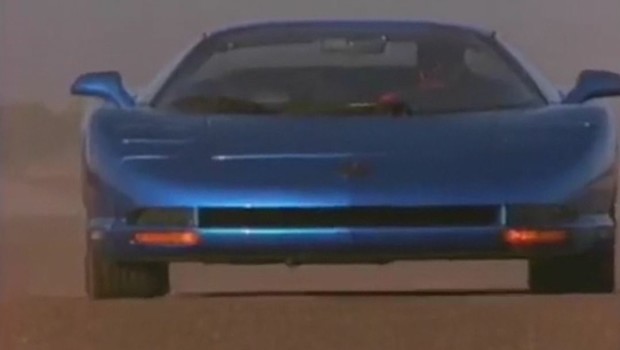
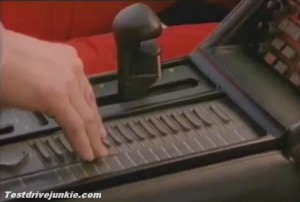
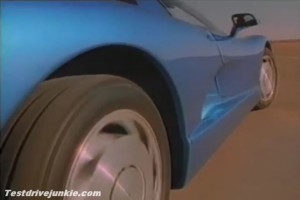
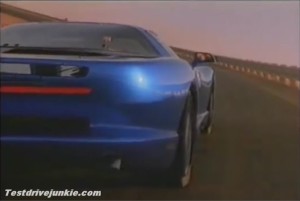
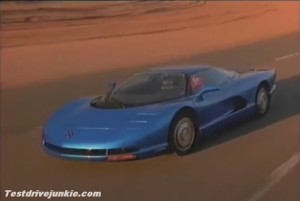
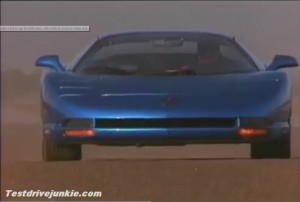

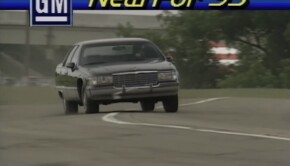


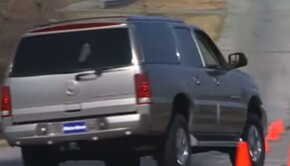





What Junkies are Saying